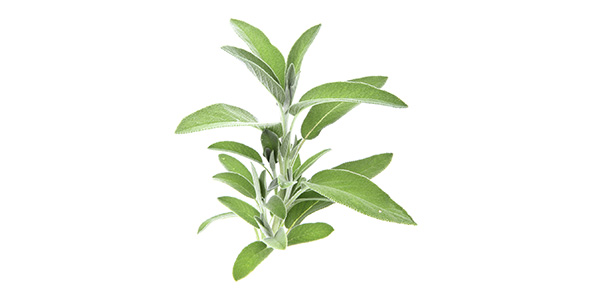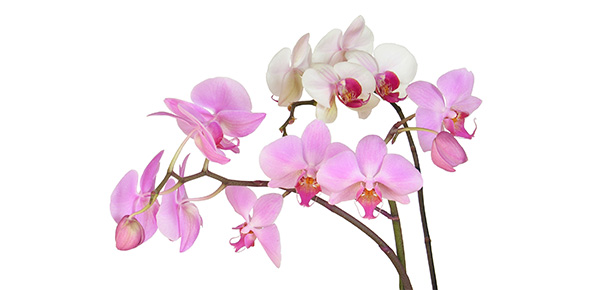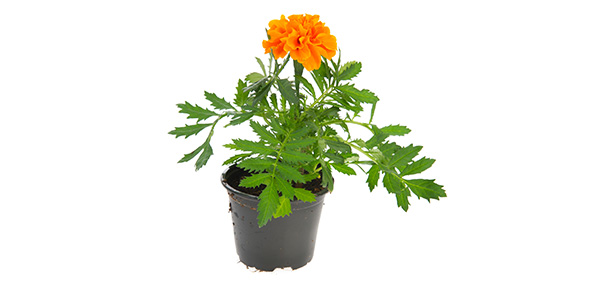Related Flashcards
Cards In This Set
| Front | Back |
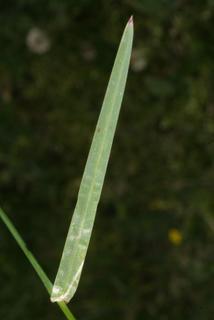 Canoe-shaped tip |
NNUl bluegrass
|
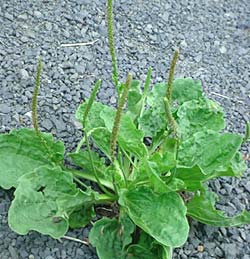 Broad, simple, and egg-shaped leaves. Flowers are elgonated spikes on the end of an upright, leafless stem. |
Broadleaf plantain
|
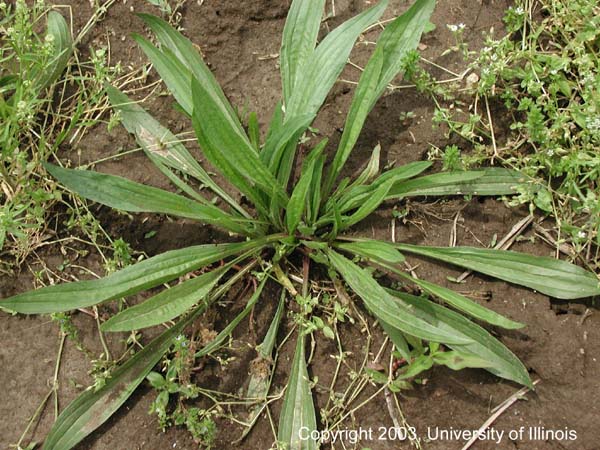 Long, narrow, hairy leaves; flowers are tight spikes on leafless, upright stems |
Buckhorn Plantain
|
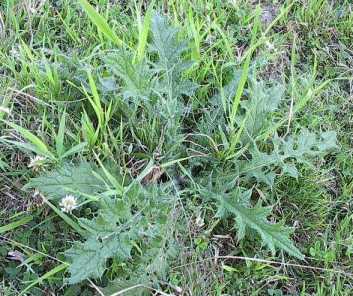 |
Bull thistle
|
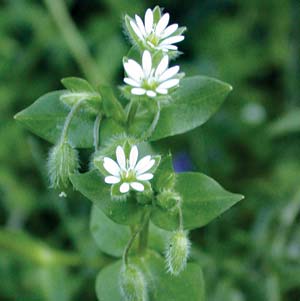 Shiny, round, opposite leaves form on hairy stems; very small, white flowers |
Chickweed
|
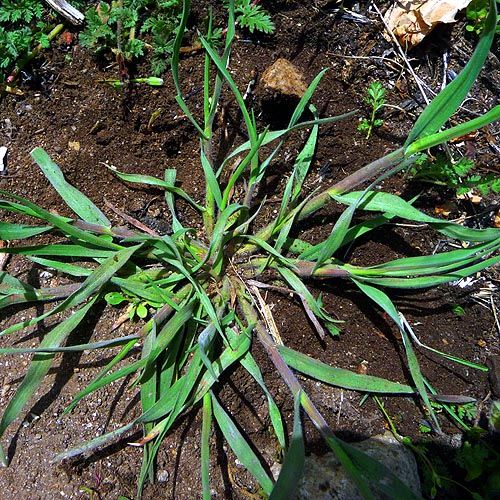 Pale-green blades, usually 2-5" longand 1/3" wide. |
Crabgrass
|
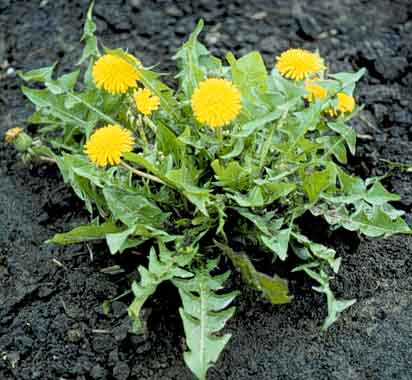 Deeply-lobed leaves develop as basal rosettes; yellow flowers grow on single stalks |
Dandelion
|
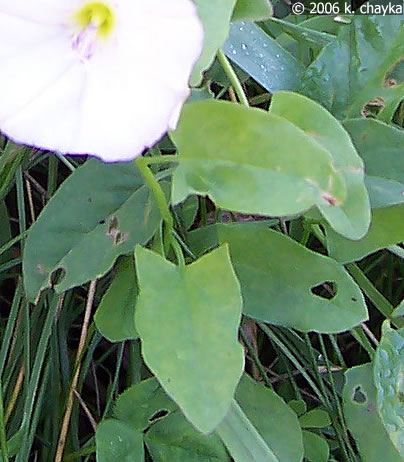 Generally the leaves are 1 to 2 inches long, smooth and shaped like an arrowhead (Figure 1). Flowers are funnel-shaped, about 1 inch diameter, and white or pink in color. The flower stalk has two small bracts located � to 2 inches below the flower. |
Field bindweed
|
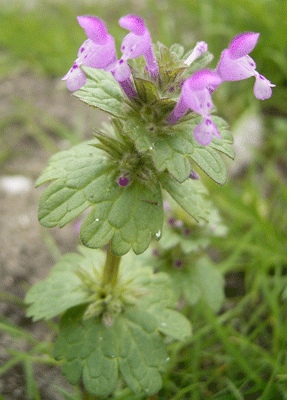 Opposite, rounded, hairy, coarse leaves; tiny purple trumpet flowers grow out of square stems. |
Henbit
|
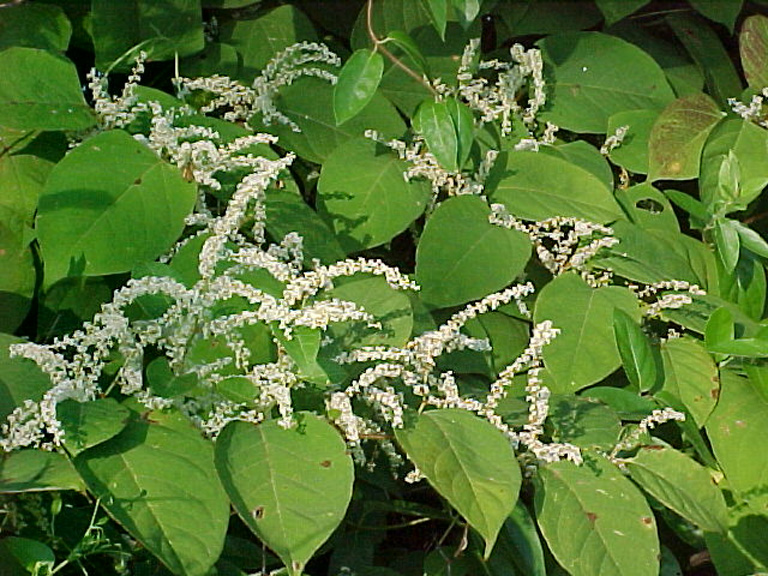 Stems are stout, cane-like, hollow between the nodes, somewhat reddish-brown, 5 to 8 feet tall, and profusely branched. The dead reddish brown canes often persist throughout the winter. The stem nodes are swollen and surrounded by thin papery sheaths. Leaves are thick and tough in texture, with short petioles, 2 to 7 inches long and about two-thirds as wide, spade-shaped with a truncate base and an abruptly narrowed leaf tip. An identifying character is the lack of hairs on the leaf undersides. Instead of hairs, there are low, bump-like structures (scabers) visible on the veins with a hand lens. The flowers are small, creamy white to greenish white, and grow in showy plume-like, branched clusters from leaf axils near the ends of the stems. Flower clusters are generally longer than the subtending leaf, unlike the shorter flower clusters found on giant knotweed and the mid-size clusters found on the hybrid Bohemian knotweed. Leaf and flower characters are most reliable when looking near the middle of a branch. The fruit is 3-sided, black and shiny. |
Knotweed
|
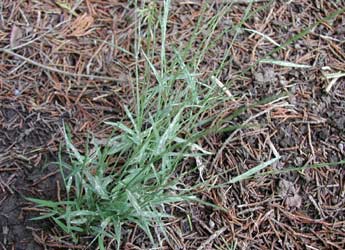
|
Nimblewill
|
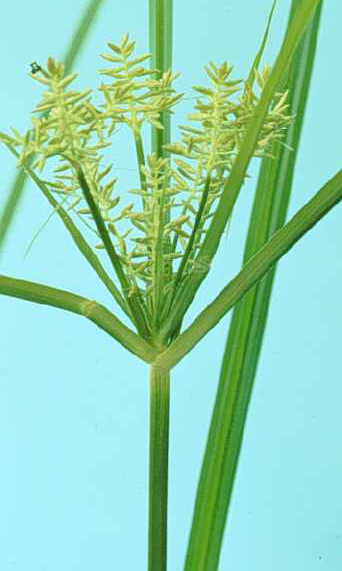 Yellow-green in color and has triangular stems; yellow flowers develop in panicle arrangements; small growths, called nutlets, grow on roots. |
Nutsedge
|
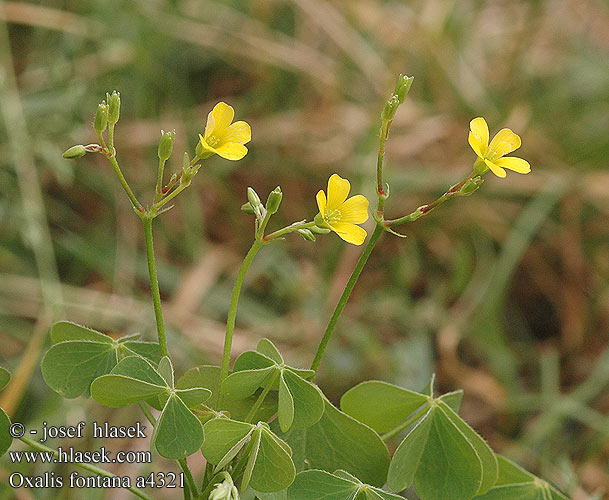 Resembles shamrock or four-leaf clover, with a bell-shaped pink, yellow, or white flower. |
Oxalis
|
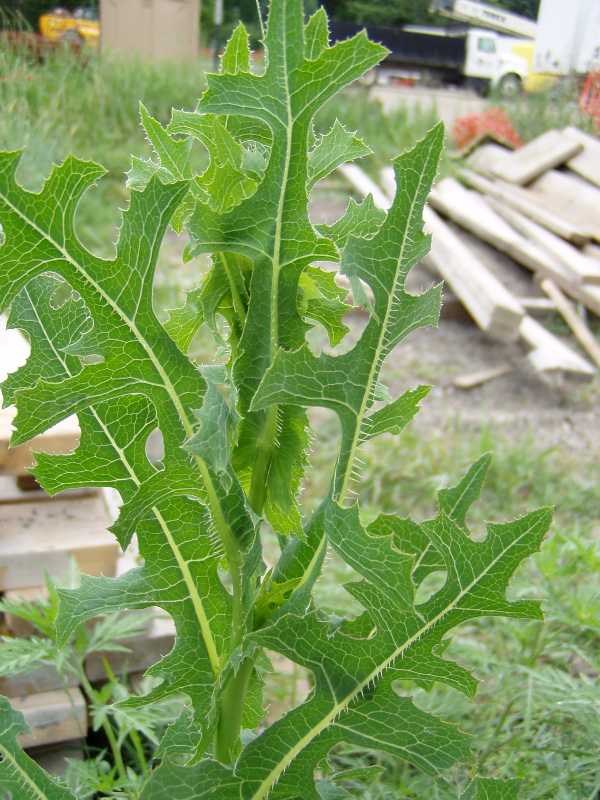 All leaves have prickles that occur along the leaf margins and along the midvein on the lower leaf surfaces. Leaves emit a milky sap when cut and become progressively smaller up the flowering stem. |
Prickly lettuce
|
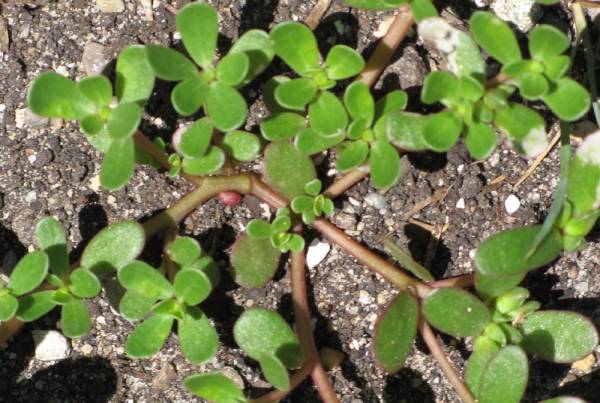 Prostrate, succulent annual that often forms a dense mat. The reddish stems originate from a central rooting point, radiating out like spokes of a wheel. The stems vary in length, commonly up to 12 inches. Leaves are stalkless (sessile), oval, smooth, succulent, and shiny, and vary from 1/2 to 2 inches in length. The leaves, although generally arranged opposite, may also occur alternately along the stem, particularly near the base. Small (3/8 inch), five-petaled, yellow flowers are borne singly in leaf axils and open only in sunshine. |
Purslane
|



